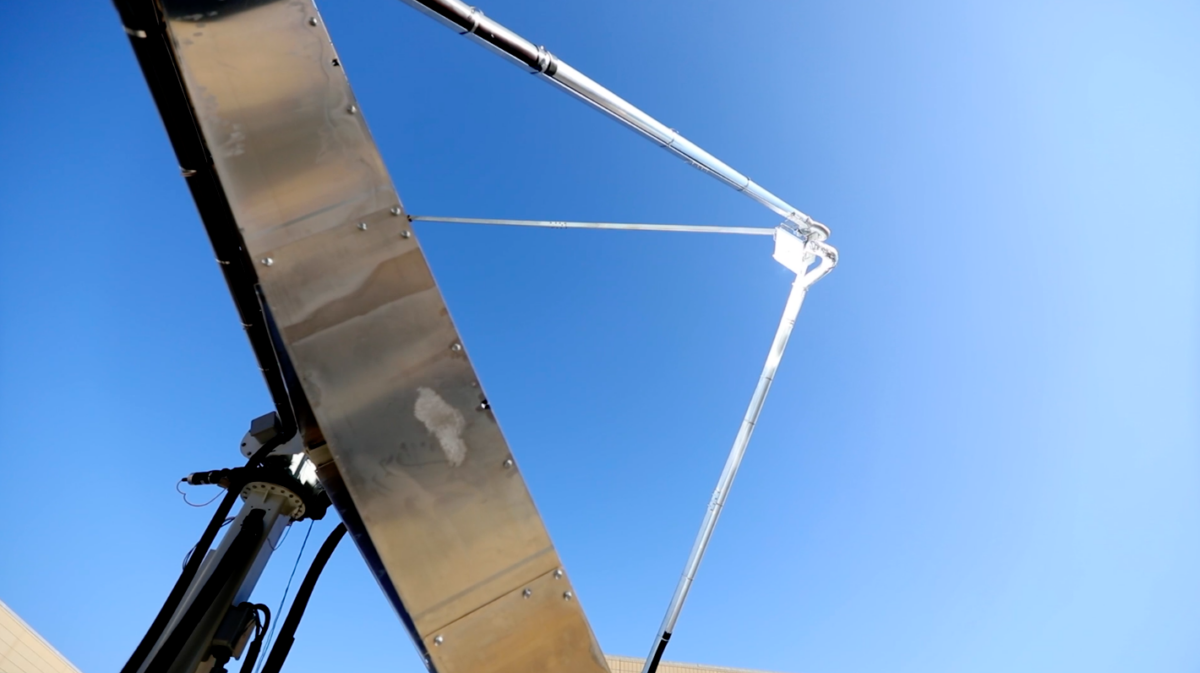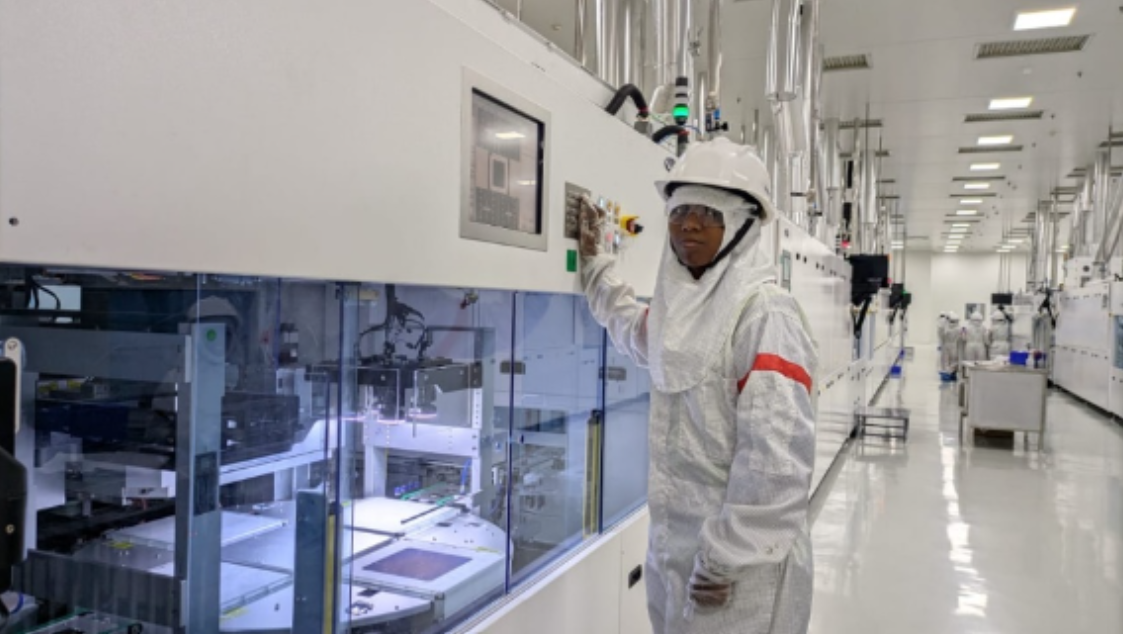From pv magazine Global
École Polytechnique Fédérale de Lausanne (EPFL) researchers have developed a thermally integrated photoelectrochemical device to generate hydrogen through concentrated solar irradiation. The 7m-diameter parabolic dish concentrates sunlight into a 144 cm^2 reactor where water is pumped, achieving a solar-to-hydrogen device-level efficiency of greater than 20% at an H2 production rate of >2.0 kW. The scientists published their findings from the project, which is first system-level demonstration of solar hydrogen generation, in a recent edition of Nature Energy. Heat and oxygen are recovered and used, and an EPFL start-up, SoHHytec, is commercializing the system to scale up the technology.
Sapienza University of Rome scientists have collaborated with Sorbonne University, CNRS, and SISSA to create a phase diagram of hydrogen and deuterium at high pressures and low temperatures. They discovered that the atomic metallic hydrogen phase forms at 577(4) GPa, and the molecular hydrogen transforms from a metallic phase to another molecular structure (phase VI) at 410(20) GPa. The researchers said in a recent paper in Nature Physics that anharmonic vibrations of nuclei can make the metallic hydrogen phase stable at much larger pressures than previously estimated.
Plug Power has delivered three containerized electrolyzers to Hungary-based Ganzair for two projects. One is the Bukkabrany Solar PV Park project, which will generate 850 kg of hydrogen daily to be mixed with the local gas pipeline to heat homes and businesses. The other project, Aquamarine, will test the use of hydrogen for storage purposes. The New York-based company said that this will demonstrate the long-duration energy storage potential of green hydrogen. The 3 1 MW containerized electrolyzer systems will be installed later this year. These are Plug’s first electrolyzer systems delivered in the EU and are expected to be the first in operation.
Glenfarne and Samsung Engineering have launched a collaboration agreement to complete feasibility studies for multiple green hydrogen and ammonia projects in Chile, as part of Glenfarne’s recently announced Hydrogen Fuels Initiative. “Green Pegasus, the first project being developed as part of the agreement, will have up to two gigawatts of solar PV installed capacity and is estimated to produce 459 kilotons (kton) of green ammonia and 89 kton of green hydrogen annually. Green Pegasus will primarily focus on export to Asia, particularly South Korea, and Europe, where Glenfarne maintains several business and commercial partners,” said Glenfarne.
This content is protected by copyright and may not be reused. If you want to cooperate with us and would like to reuse some of our content, please contact: editors@pv-magazine.com.








1 comment
By submitting this form you agree to pv magazine using your data for the purposes of publishing your comment.
Your personal data will only be disclosed or otherwise transmitted to third parties for the purposes of spam filtering or if this is necessary for technical maintenance of the website. Any other transfer to third parties will not take place unless this is justified on the basis of applicable data protection regulations or if pv magazine is legally obliged to do so.
You may revoke this consent at any time with effect for the future, in which case your personal data will be deleted immediately. Otherwise, your data will be deleted if pv magazine has processed your request or the purpose of data storage is fulfilled.
Further information on data privacy can be found in our Data Protection Policy.